Nestled on the outskirts of a sleepy city a rather impressive “castle” looms up in front of us. I use the term castle loosely as the site has had a few uses over the years and has been built, rebuilt, and added too throughout its history. The first mention of a structure on this site dates back to the 1100’s, when a nobleman I noted at the first count in the area. For roughly the next two hundred years the Counts family oversaw the area.
During their time, the Counts had the castle rebuilt as a typical moated castle that covered approximately 3 acres. Each of the four wings of the main castle formed a 67 by 43 m rectangle with a very typical trapezoid style bailey. The impressive 30 m plus tower at the north end and the main front building are all that remain from this. A watchman was stationed in the tower and would sound the alarm should he spot any attackers or danger.
A fire ravaged the castle in the 1300’s it was expanded during this period. In the 1500s a house was built with a large hall and Gothic window frames. A courtyard parlour and kitchen wing followed shortly afterwards. Extensions followed in the 1530 with a curved house. Finally, in the mid 1550’s the last connecting buildings and the east wing of the courtyard were completed.
From the middle of the 17th through to late in the 18th century, the castle was the official residence of the duke. During his time, the bailiff was rebuilt as the seat of justice.
The castle took on a darker use from the middle of the 18th century until is closure in the 20th century when it was used as a jail. This took place gradually. The site was expanded in 1870’s with the addition of a further storey in the southerly and westerly sides of the site and a further extension to the north side. There were over 200 solitary confinement cells. Between 1930 and 1940, the prison reached a peak of around 90 men and 40 women. The number of inmates steadily increased until many were transferred to the newly built concentration camps. During World War II, some 160 forced laborers were imprisoned. These were made up of POWs from France, Poland and the Soviet Union and were forced undertake farm work. After the war the Soviets used it to incarcerate political prisoners.
After the fall of the wall and the re-unification of Germany the castle has stood empty and at the mercy of the elements. The site has been purchased over and over again, but no-one has made any attempt to truly save it.
We approached the site and took the most obvious route in; this was made easier as the whole area were either still asleep or they certainly weren’t out and about. We slid down the side of the old moat and I have to say I got a sense of what it must have been like to attempt an assault on this place back during the reign of the nobility.
It has clearly been explored and seen some graffiti attacks in its time as there were clearly trodden paths to follow, otherwise I am not too sure would have found the way in.
Enjoy the images.
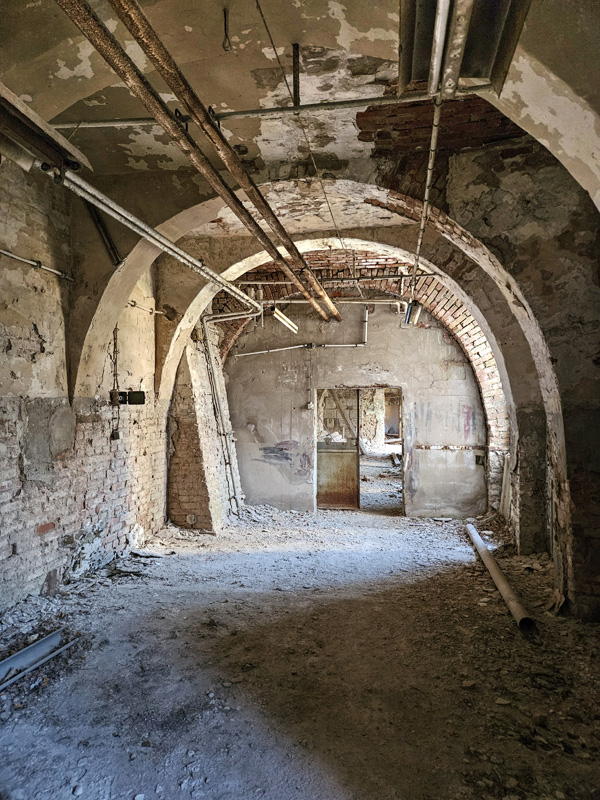
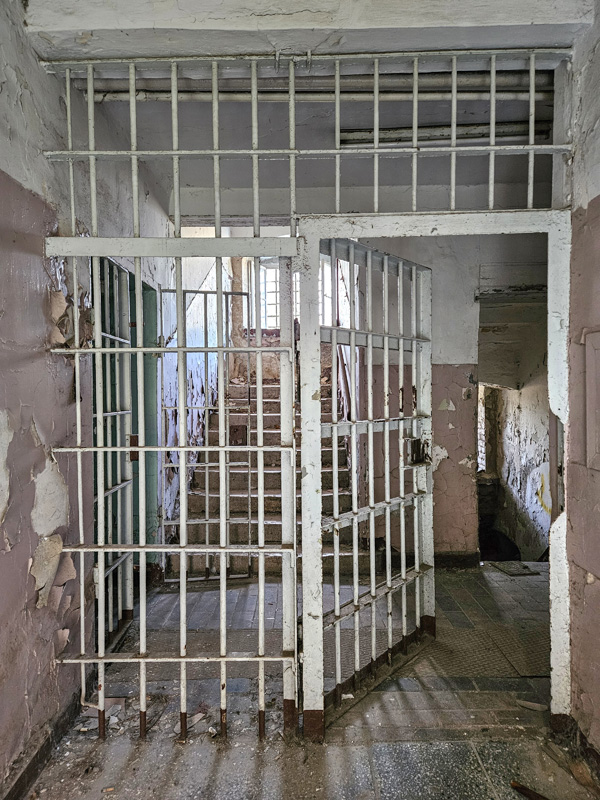
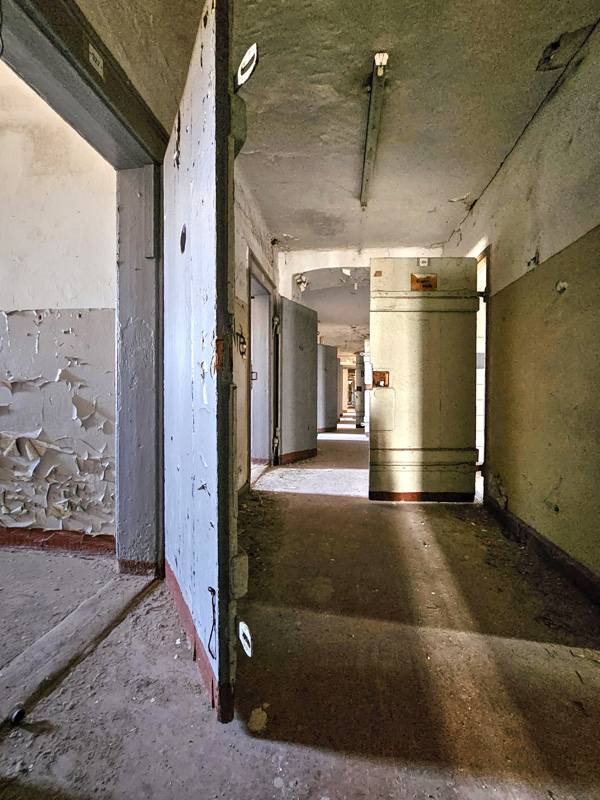
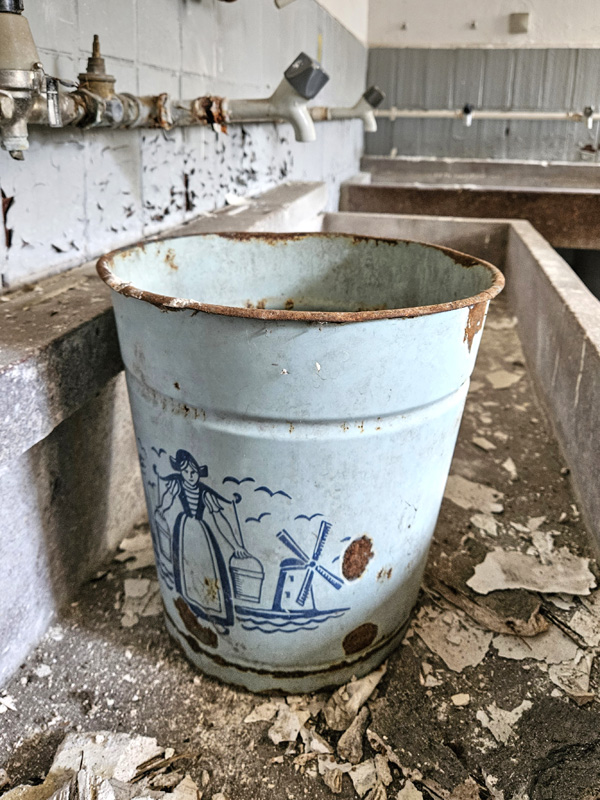
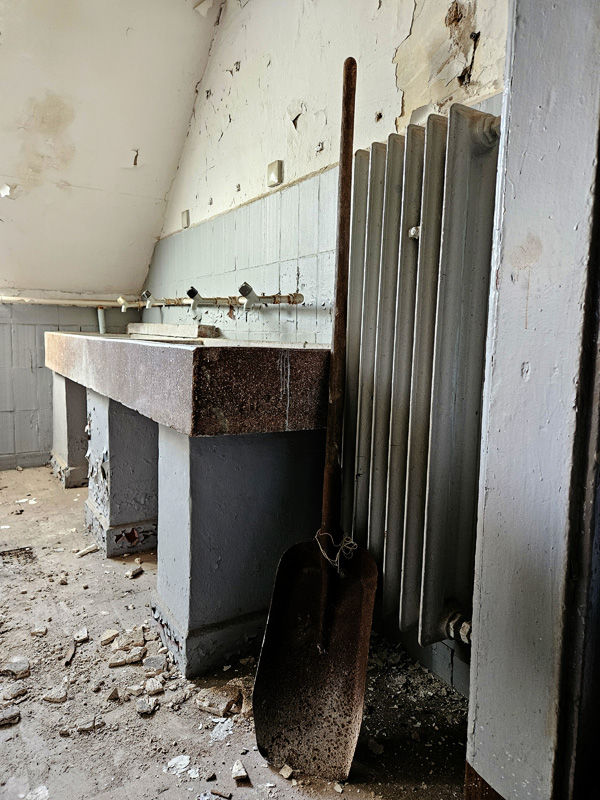
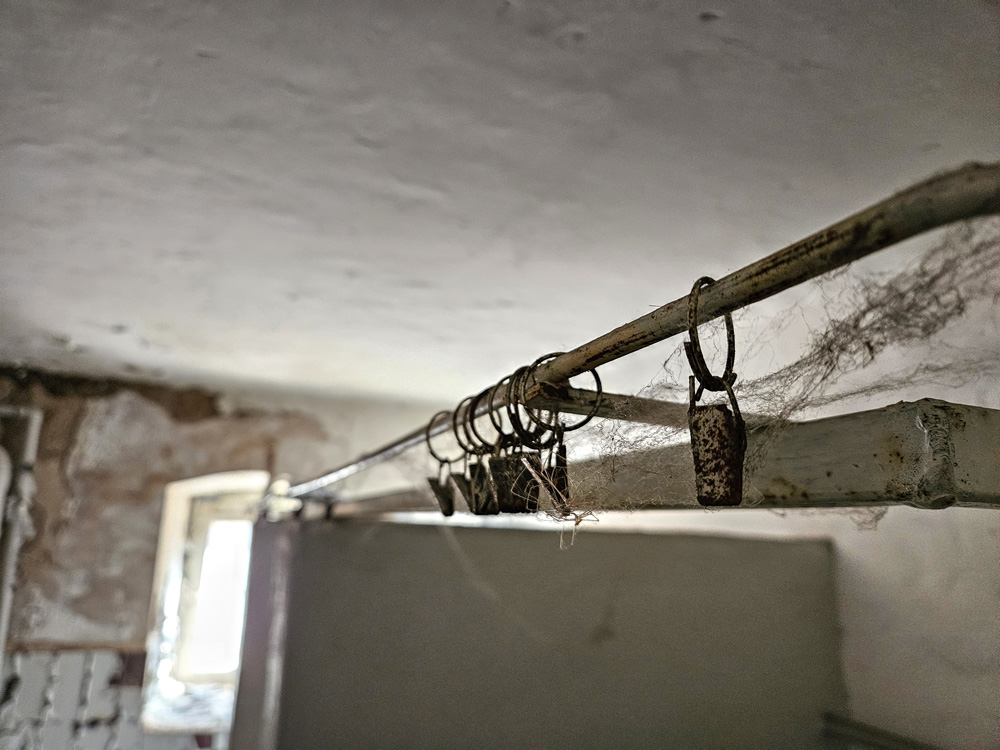
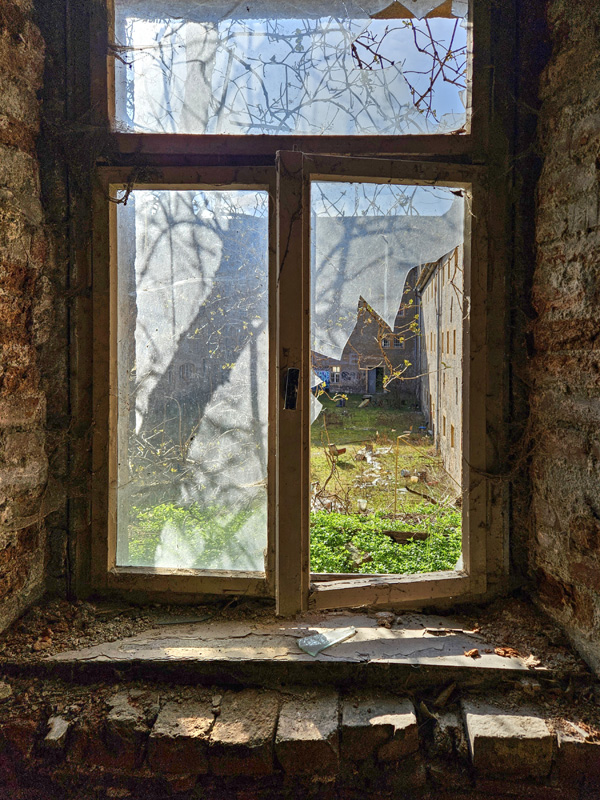
img]https://live.staticflickr.com/65535/53613653400_94a6342c71_o.jpg[/img]
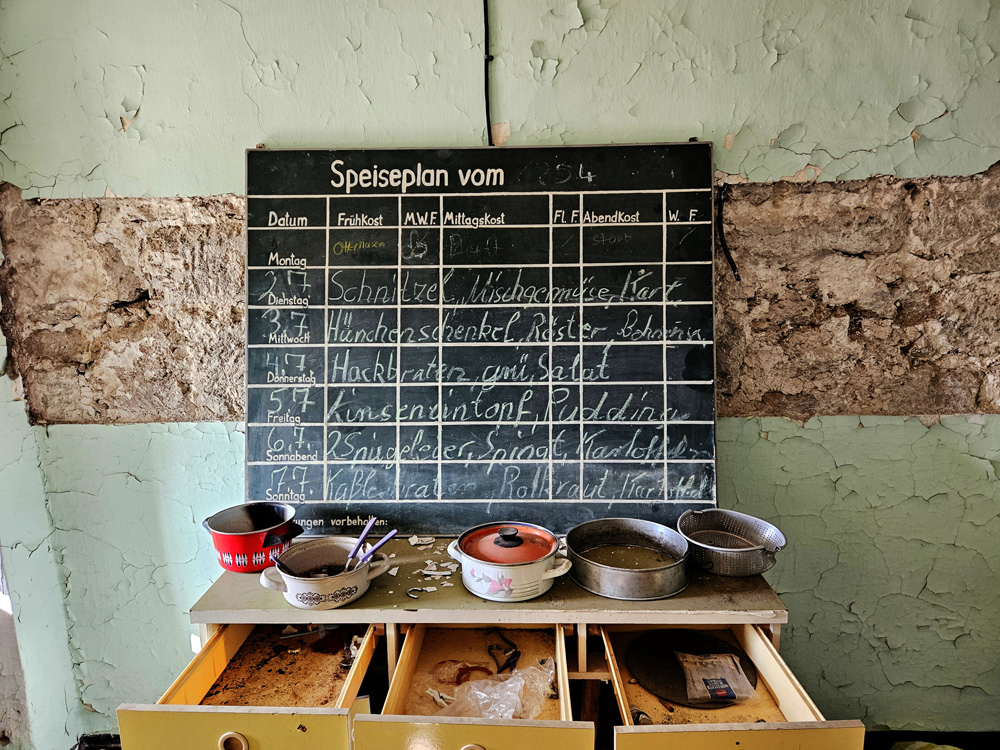
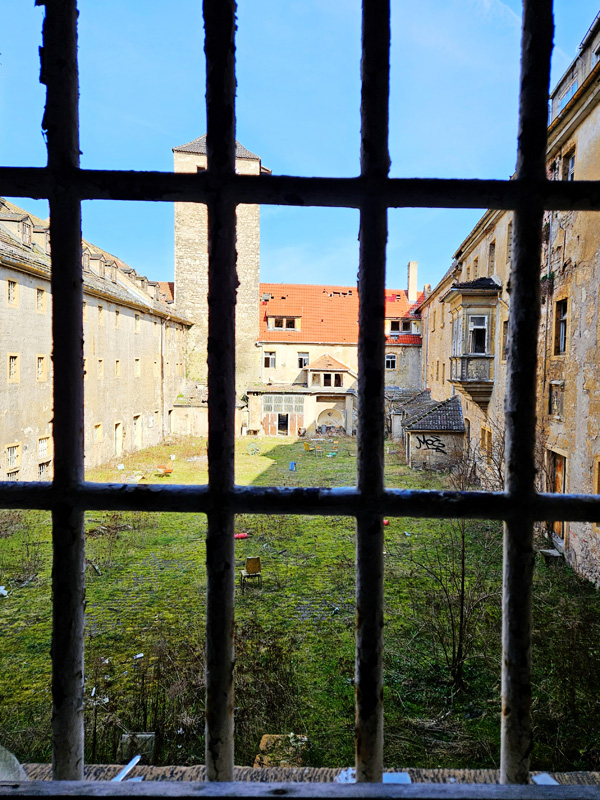
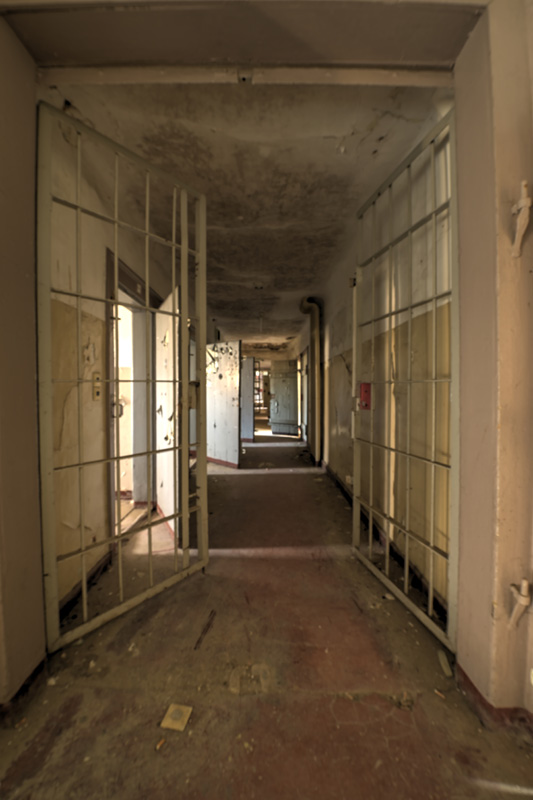
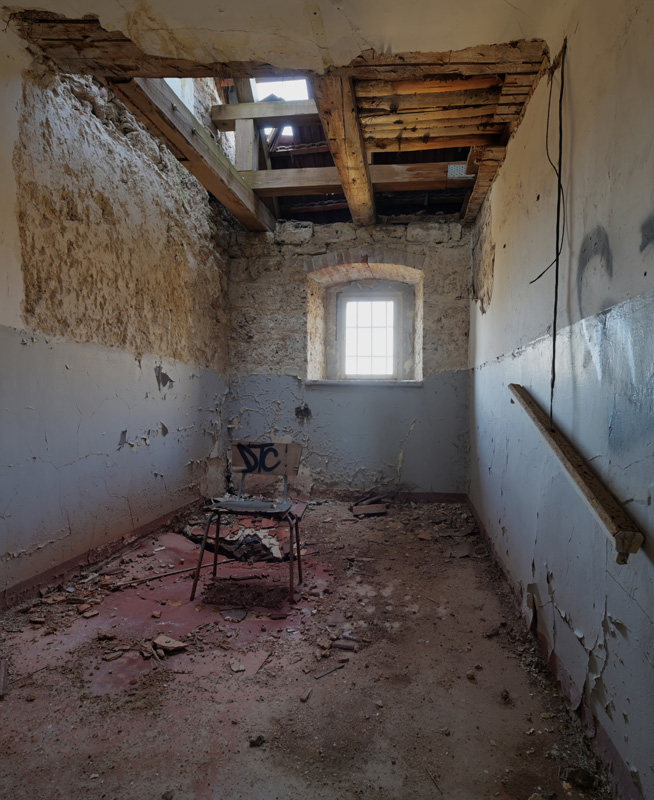
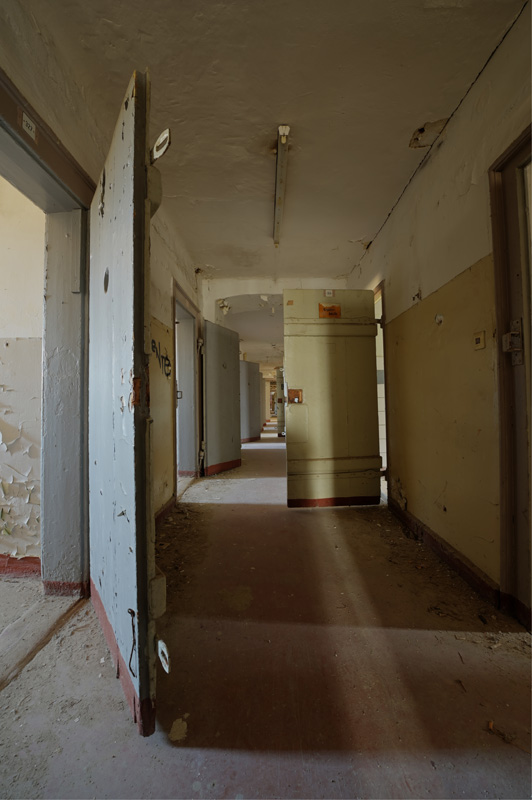
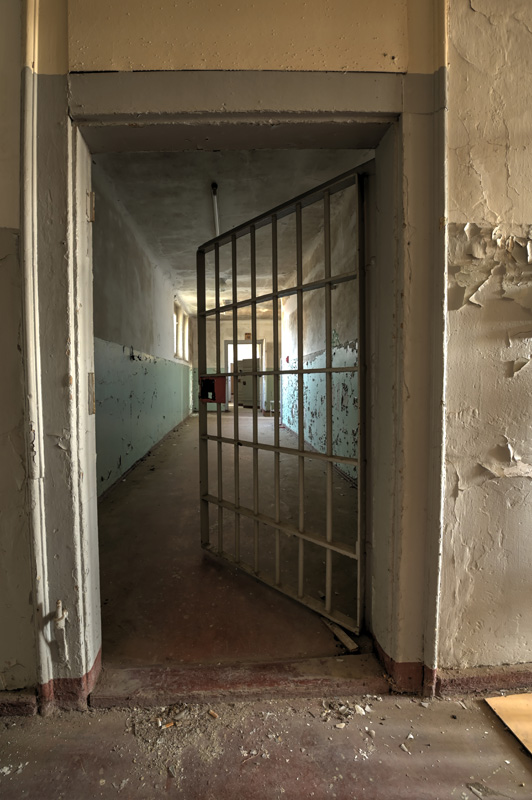
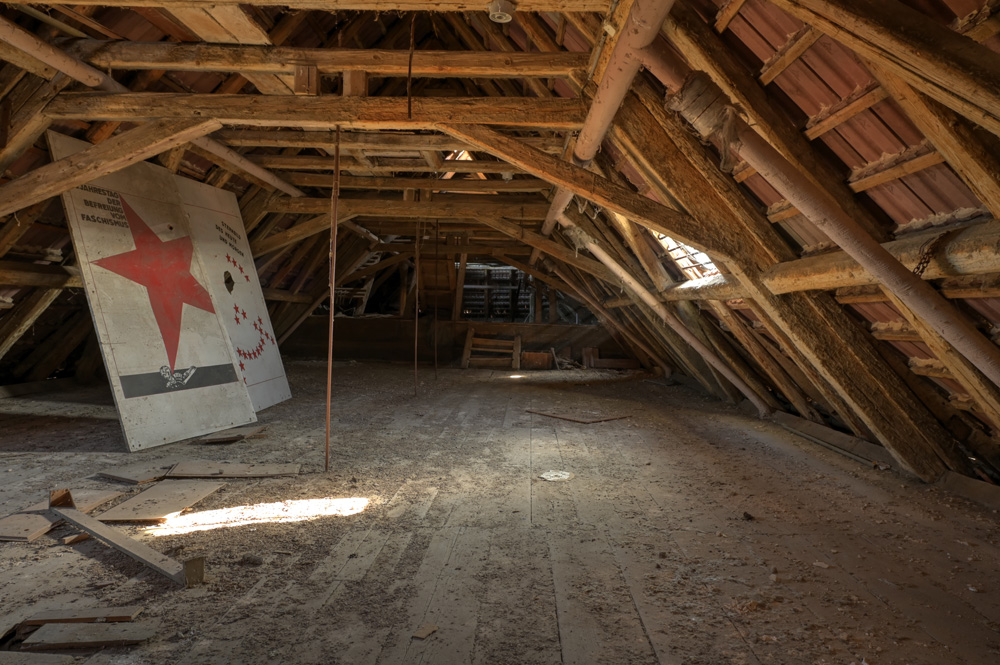
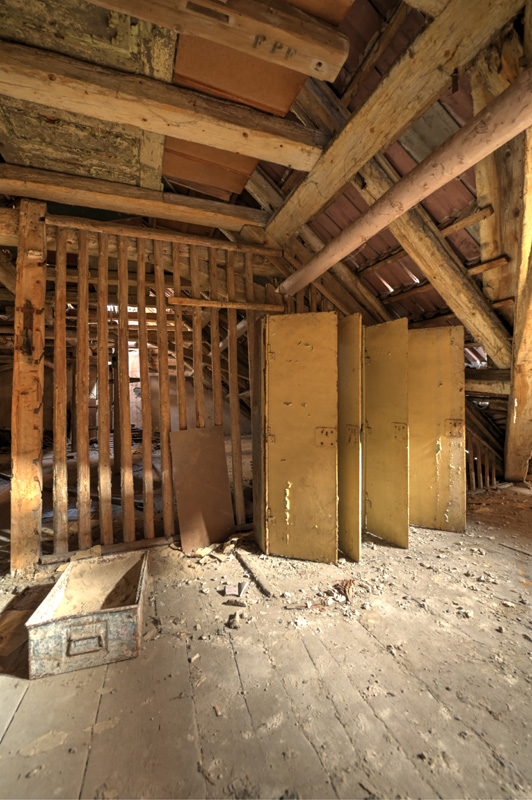
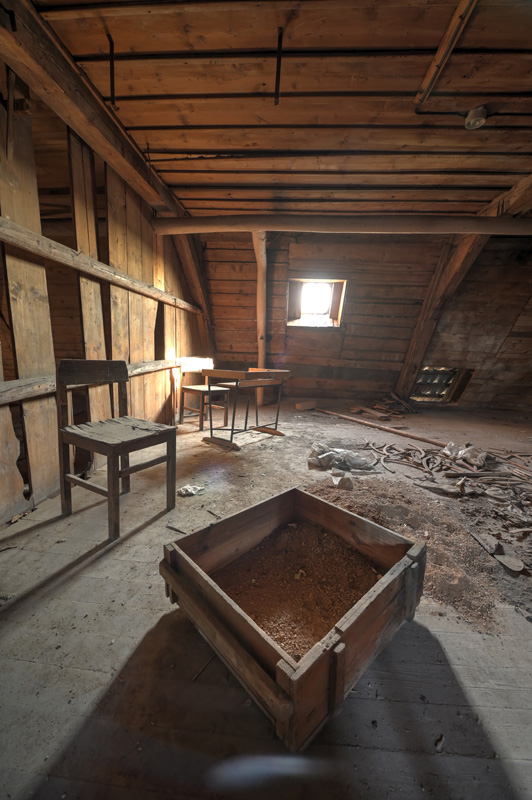
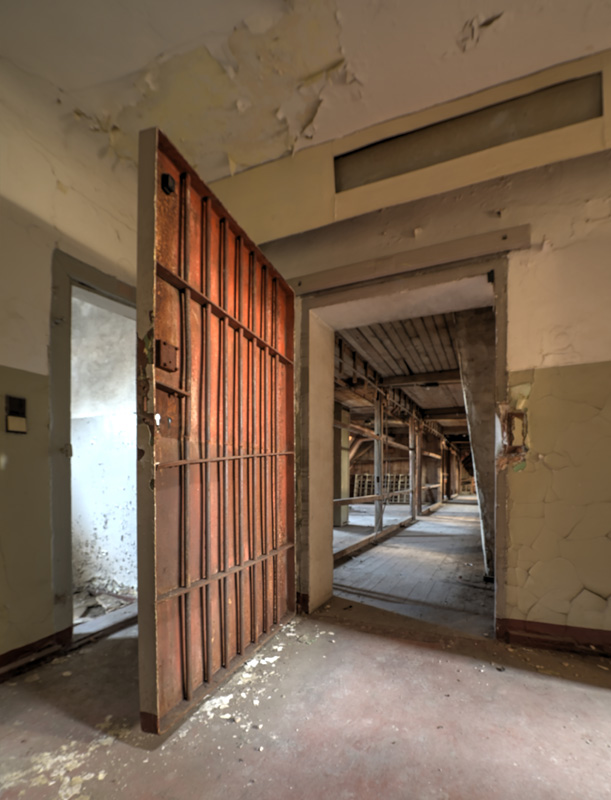
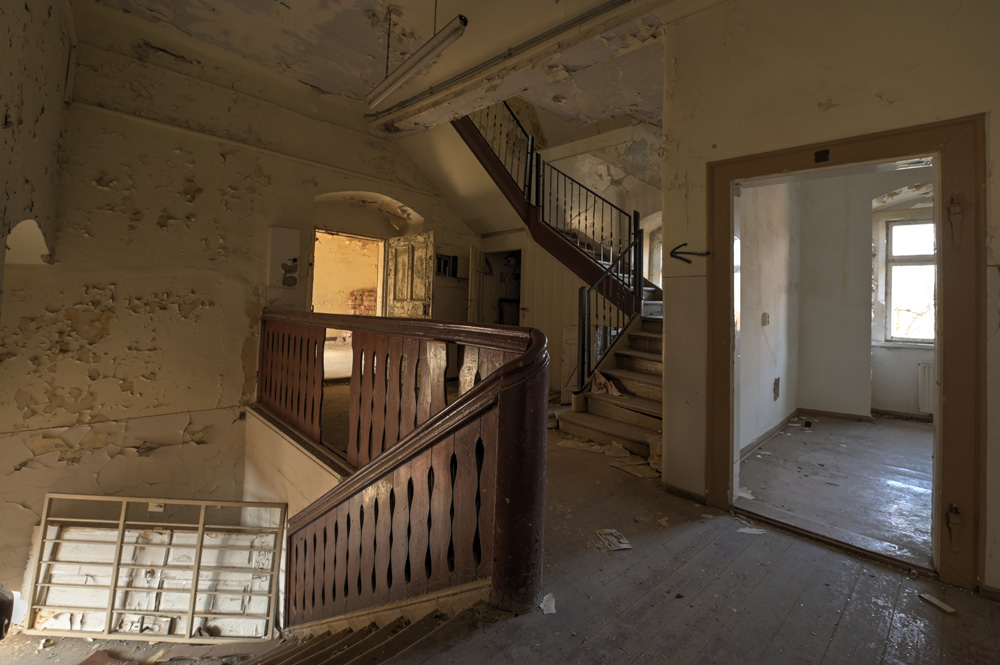
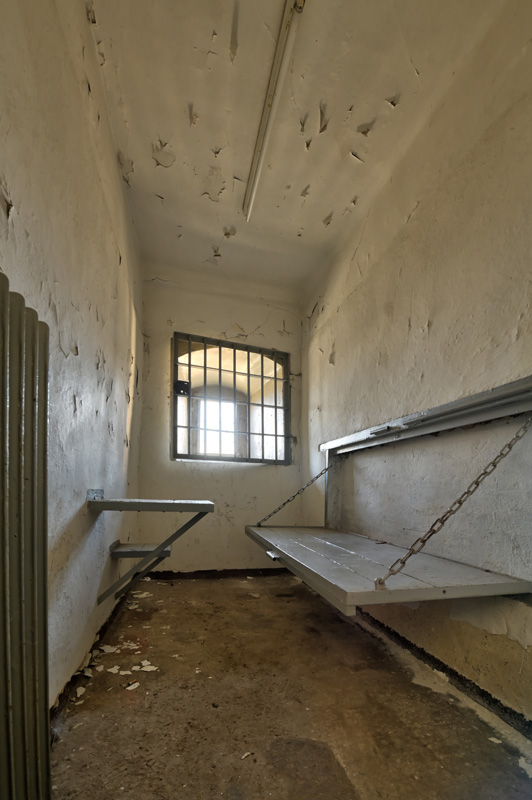
During their time, the Counts had the castle rebuilt as a typical moated castle that covered approximately 3 acres. Each of the four wings of the main castle formed a 67 by 43 m rectangle with a very typical trapezoid style bailey. The impressive 30 m plus tower at the north end and the main front building are all that remain from this. A watchman was stationed in the tower and would sound the alarm should he spot any attackers or danger.
A fire ravaged the castle in the 1300’s it was expanded during this period. In the 1500s a house was built with a large hall and Gothic window frames. A courtyard parlour and kitchen wing followed shortly afterwards. Extensions followed in the 1530 with a curved house. Finally, in the mid 1550’s the last connecting buildings and the east wing of the courtyard were completed.
From the middle of the 17th through to late in the 18th century, the castle was the official residence of the duke. During his time, the bailiff was rebuilt as the seat of justice.
The castle took on a darker use from the middle of the 18th century until is closure in the 20th century when it was used as a jail. This took place gradually. The site was expanded in 1870’s with the addition of a further storey in the southerly and westerly sides of the site and a further extension to the north side. There were over 200 solitary confinement cells. Between 1930 and 1940, the prison reached a peak of around 90 men and 40 women. The number of inmates steadily increased until many were transferred to the newly built concentration camps. During World War II, some 160 forced laborers were imprisoned. These were made up of POWs from France, Poland and the Soviet Union and were forced undertake farm work. After the war the Soviets used it to incarcerate political prisoners.
After the fall of the wall and the re-unification of Germany the castle has stood empty and at the mercy of the elements. The site has been purchased over and over again, but no-one has made any attempt to truly save it.
We approached the site and took the most obvious route in; this was made easier as the whole area were either still asleep or they certainly weren’t out and about. We slid down the side of the old moat and I have to say I got a sense of what it must have been like to attempt an assault on this place back during the reign of the nobility.
It has clearly been explored and seen some graffiti attacks in its time as there were clearly trodden paths to follow, otherwise I am not too sure would have found the way in.
Enjoy the images.







img]https://live.staticflickr.com/65535/53613653400_94a6342c71_o.jpg[/img]















